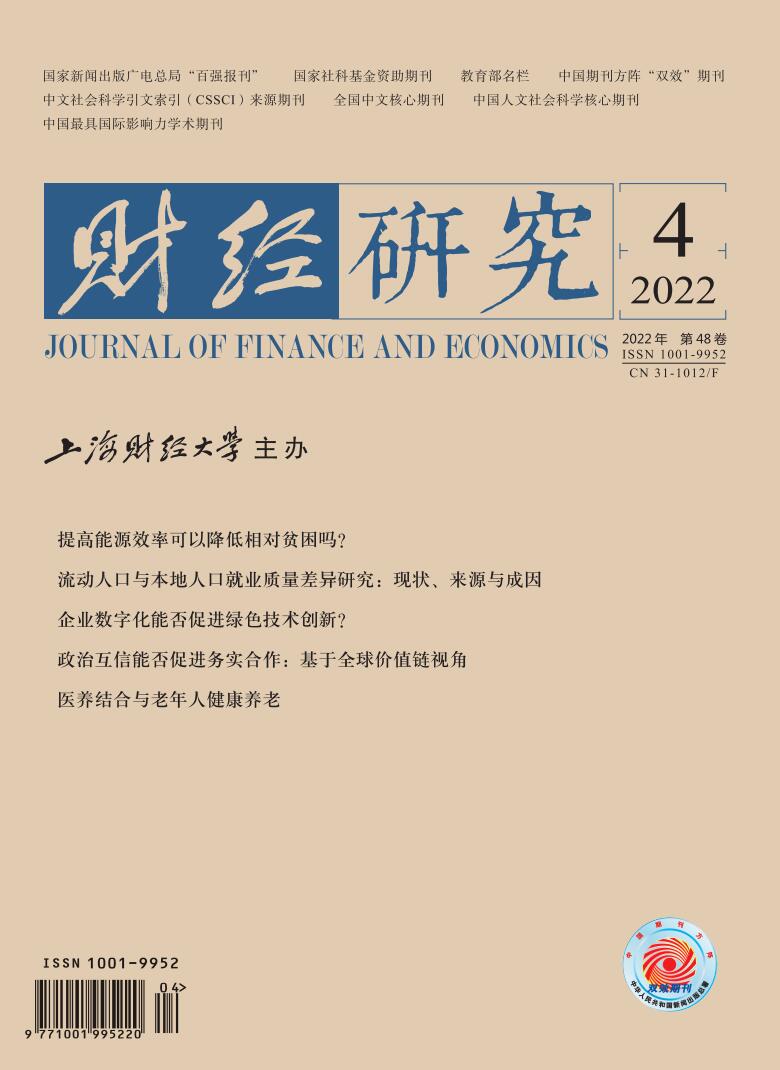Under the background of comprehensive poverty alleviation and the goal of common prosperity, it is of great theoretical and practical significance to construct a long-term mechanism to alleviate relative poverty. As one of the relative poverty and new poverty types, energy poverty is a worldwide problem faced by the whole world and an important manifestation of the aggravation of social inequality, which has a significant impact on the welfare of residents.
Therefore, based on the cohort analysis, this paper takes energy poverty as an example and uses the data of Chinese Residential Energy Consumption Survey (CRECS) to form composite panel data. First of all, based on the SFA model and the Quantile Regression model, this paper measures the Chinese residential energy efficiency and energy poverty and compares the relationship between them from different perspectives. Then, the impact and mechanism of energy efficiency on energy poverty are analyzed, and the potential space for improving energy efficiency to reduce energy poverty is further evaluated.
The results show that: Firstly, the energy efficiency of Chinese residents is generally low. In 2012, the average energy efficiency of Chinese residents was 0.679. Although the average energy efficiency increased in 2014, it was only 0.824, indicating that the “quality” of residential energy consumption is not high. Secondly, the energy poverty problem of residents in some regions is serious and the regional differences are large. Energy poverty does not decrease but increases, and the comprehensive energy poverty index of residents increased from 0.268 in 2012 to 0.403 in 2014. Thirdly, based on the perspective of different regions and different income levels, the energy efficiency of energy-poor residents is lower than that of non-energy-poor residents, and improving energy efficiency can effectively reduce energy poverty. Fourthly, improving energy efficiency can reduce energy poverty mainly by reducing basic energy demand, and the more households invest in technology, the better the improvement effect of energy poverty. Fifthly, on average, improving energy efficiency reduces the incidence of energy poverty by 13.81%, and there is significant heterogeneity among provinces in energy poverty mitigation potential.
Under the goal of common prosperity, this paper has important reference value for clarifying the fact of energy poverty of Chinese residents. At the same time, this paper takes improving energy efficiency as the main method and provides important theoretical and empirical evidence for reducing energy poverty. In addition, from the perspective of relative poverty, energy poverty provides a useful reference for the formulation of long-term mechanisms to alleviate relative poverty.





 7458
7458  7291
7291

